
Why Big Oil Keeps Spending on Massive Supercomputers
With per barrel oil prices down by about 50 percent from the previous four years, the question naturally arises: “Why are oil and gas giants spending millions on new supercomputers?” …

With per barrel oil prices down by about 50 percent from the previous four years, the question naturally arises: “Why are oil and gas giants spending millions on new supercomputers?” …

In our coverage of the string of next-generation HPC systems, we have talked about the big changes on the programming, memory, and network horizons, but there is one potentially disruptive change on the way for storage—one that could tear down existing paradigms, including the concept of time-tested parallel file systems. …

Architects are optimists. In the computer industry, particularly within the HPC community, there is a small cadre of technologists who have the intellectual horsepower, vision and decades of experience to build wholly new system designs. …
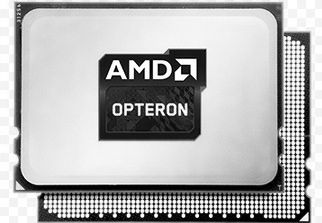
AMD doesn’t talk much about servers these days, but it looks like the company is getting ready to revamp its server component business just as it is shutting down its SeaMicro unit. …
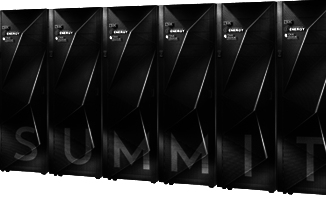
In the wake of today’s announcement of the codes selected to be tuned for the 2018 Summit supercomputer at Oak Ridge National Lab, questions around how application teams are thinking about the massive amount of memory across new tiers, the swapping out of PCIe for a new interconnect, and the pervasive GPUs were first to mind. …
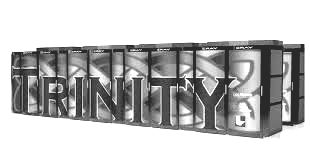
When it comes to national priorities for funding leading class supercomputers, the National Nuclear Security Administration (NNSA) tends to have a strong case to make. …
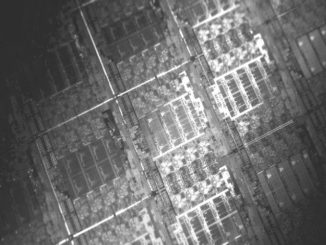
Intel’s decades-long hard work in vanquishing most of the competing processor architectures from most of the workloads in the datacenter is paying off. …
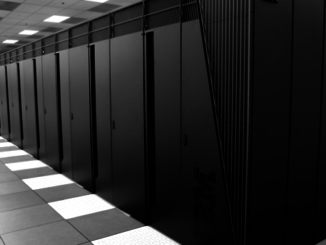
Last week when we broke the news about the upcoming 180-plus petaflops Aurora supercomputer set to be installed at Argonne National Lab in 2018, we spent our time scrambling for whatever feeds and speeds we could muster. …

Ever-increasing Greek prefixes of flops is what makes the simulations and models of the world hum, but we at The Next Platform like money. …
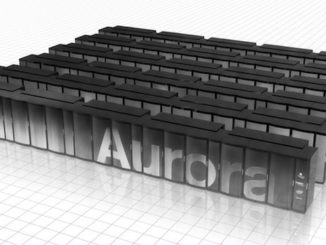
In the story we broke this morning about the forthcoming “Aurora” supercomputer set to be installed at Argonne National Laboratory—one of three pre-exascale machines that were part of the CORAL procurement between three national labs–we speculated that unlike the other two machines, which will be based on an OpenPower approach (Power9, Volta GPUs, and a new interconnect), the architecture of this system would be based on the third generation Knights family of chips from Intel, the Knights Hill processors. …
All Content Copyright The Next Platform